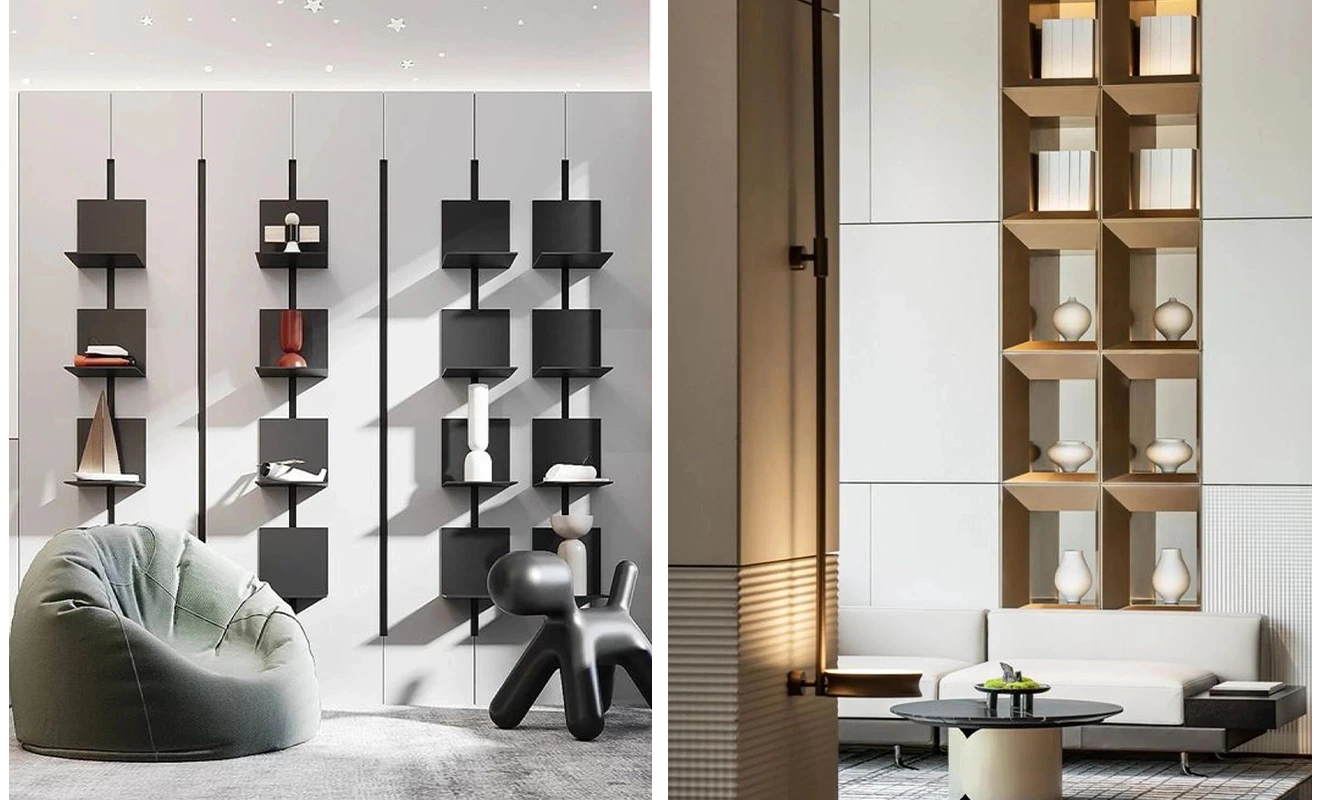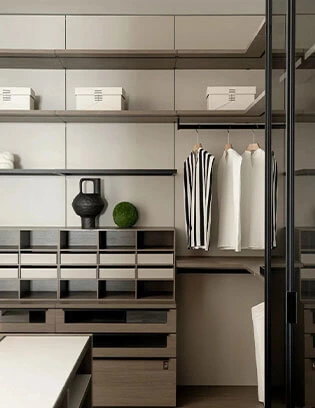10 High-end Woodwork Designs for Custom Cabinetry in 2025
As we step into 2025, the world of interior design is undergoing a profound transformation. No longer are cabinets and storage units seen as mere functional elements—they’ve evolved into expressions of personal style and architectural artistry. In a time when consumers demand both utility and individuality, bespoke cabinetry has become a key player in defining modern living spaces.
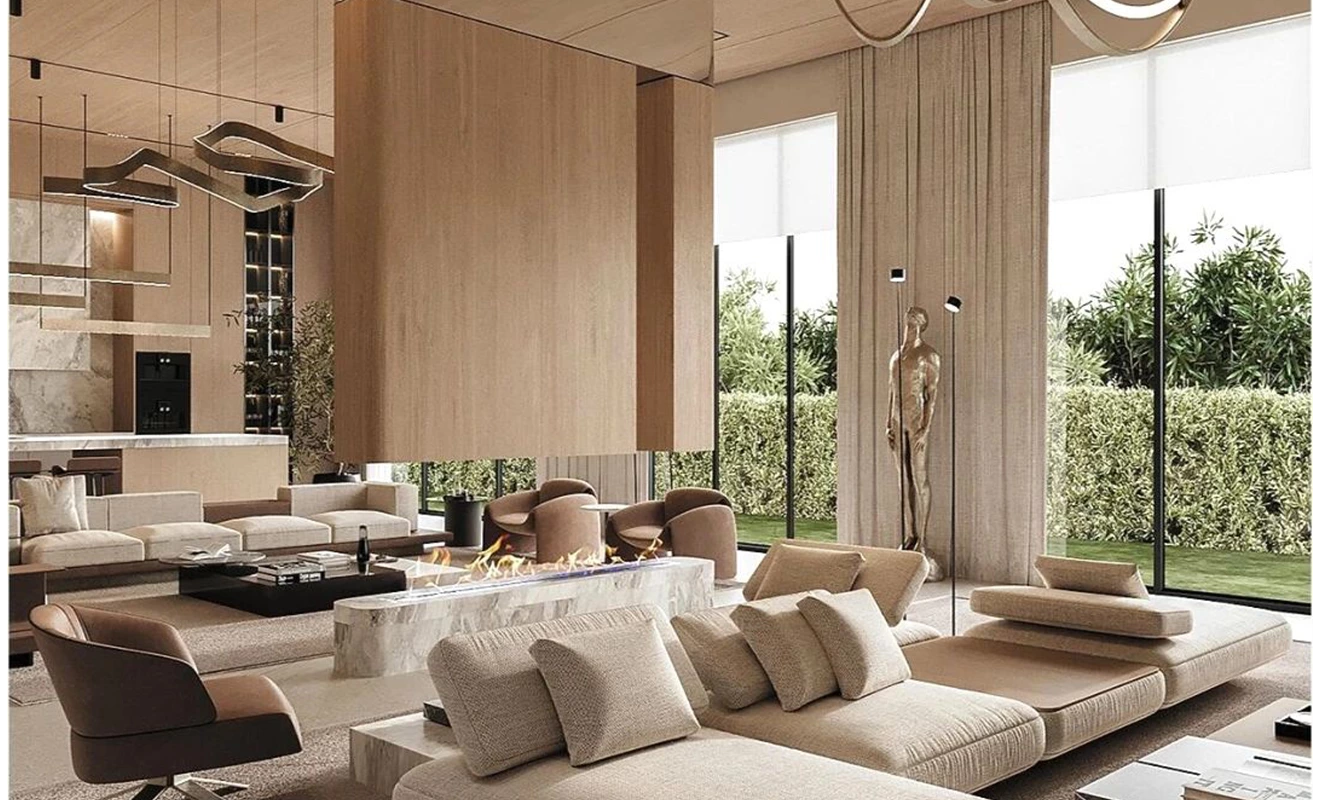
As we step into 2025, the world of interior design is undergoing a profound transformation. No longer are cabinets and storage units seen as mere functional elements—they’ve evolved into expressions of personal style and architectural artistry. In a time when consumers demand both utility and individuality, bespoke cabinetry has become a key player in defining modern living spaces.
Stepped Layers (Scarpian Stacking)
Inspired by the iconic Italian architect Carlo Scarpa, stepped layering plays with depth, symmetry, and rhythm. Often used in foyers or accent corners, this method uses offsets, sequences, and varied materials—wood, metal, or glass—to create a tactile, tiered elegance. When paired with strategic lighting, the effect is a visual dance of light and shadow, adding life and sophistication to the space.
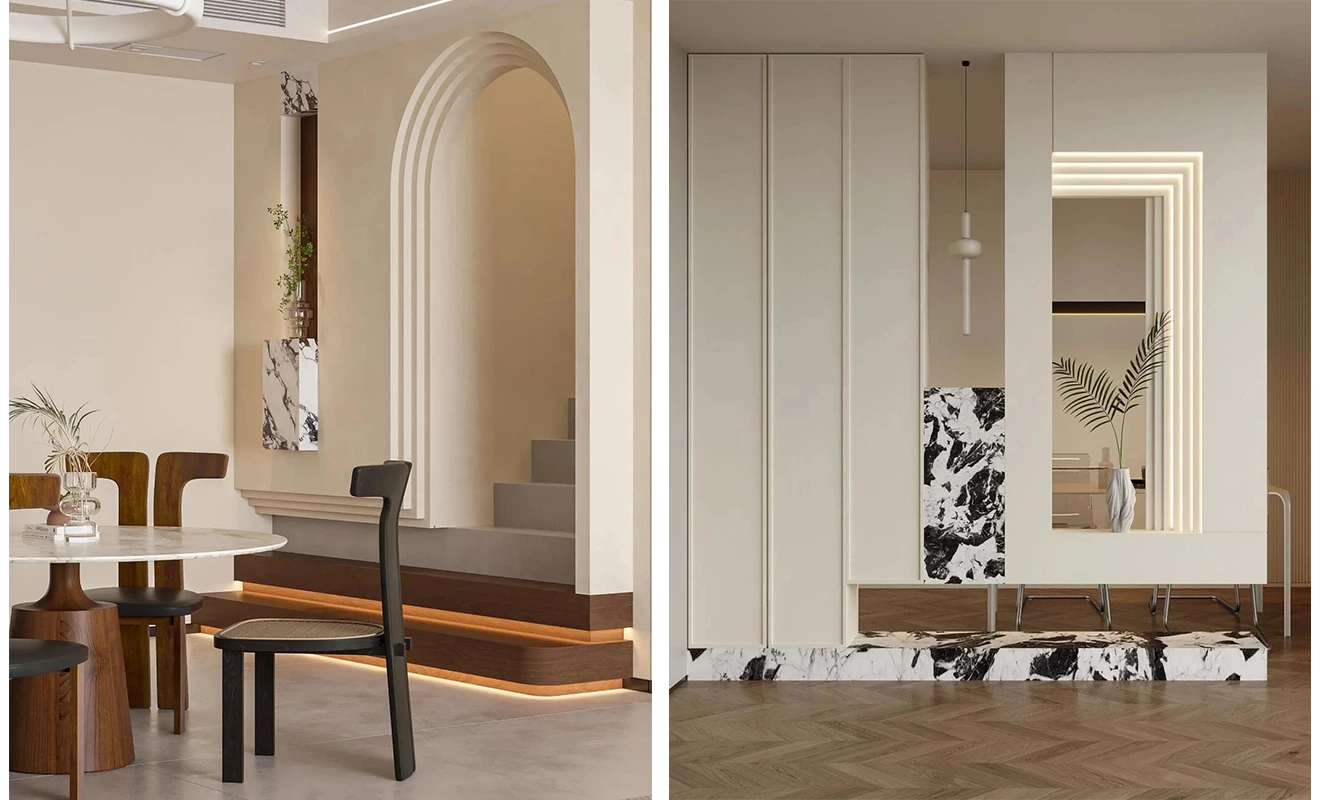
Push and Pull
Say goodbye to the flat-faced cabinet. This technique staggers cabinet blocks to different depths, introducing a dynamic visual rhythm. Particularly effective in minimalist or contemporary interiors, this subtle three-dimensionality enhances form without overpowering the overall aesthetic.
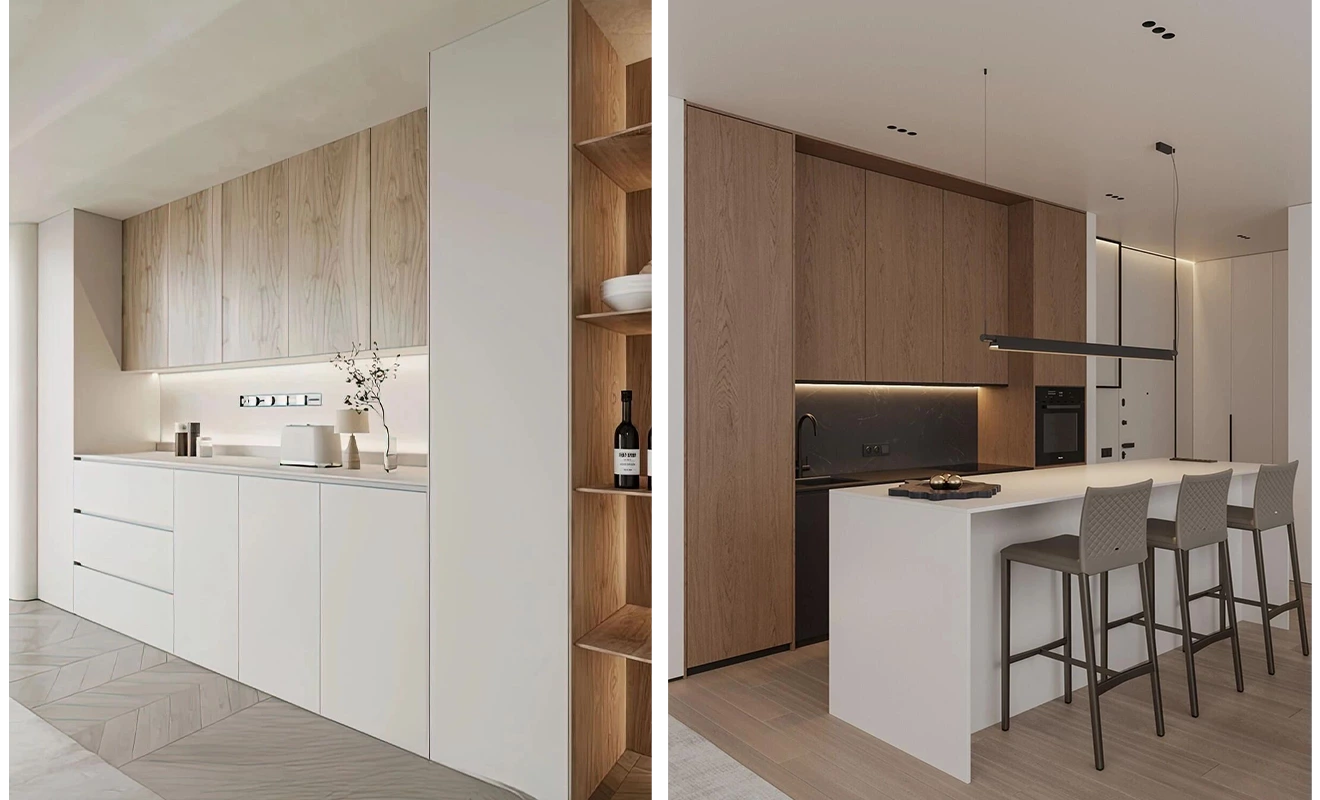
Interweaving
Interweaving elements of cabinetry—whether through massing, color, or material—results in compositions that are both functional and visually engaging. Volumes can intersect in varied configurations: overlapping, perpendicular, staggered, or rotated. This technique is not limited to deconstructivist aesthetics; it is equally effective in minimalist environments, where carefully calibrated material transitions (e.g., wood and stone or matte lacquer and natural veneer) can bring cohesion and visual interest. Color block interweaving, such as vertical or horizontal divisions, adds another layer of articulation to the design.

Cantilevering
This design marvel challenges gravity. By projecting cabinet structures outward with no visible support, cantilevered woodwork gives a floating, futuristic vibe. It's lighter, sleeker, and offers a striking silhouette that transforms heavy cabinetry into airy sculpture.
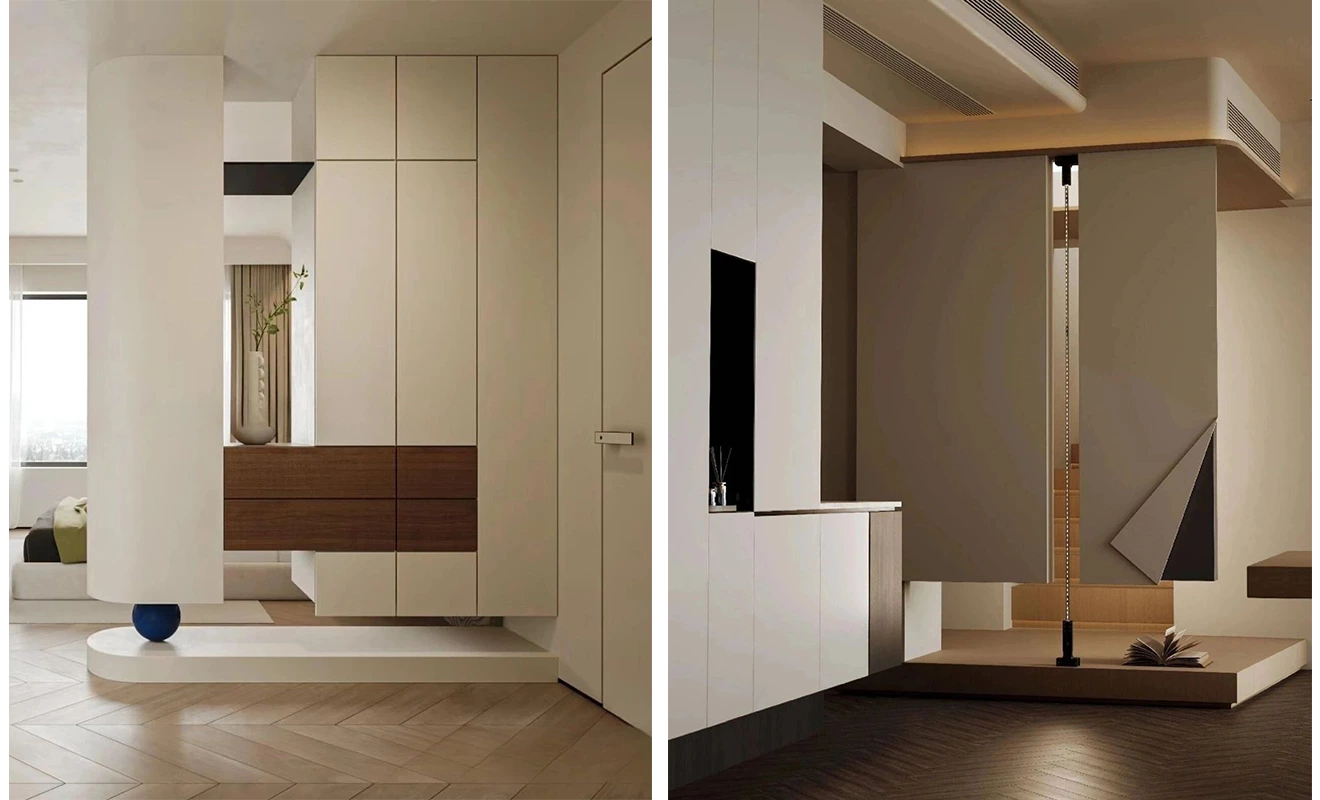
Dislocation
Misdirection has never looked so stylish. Dislocation involves deliberate misalignment of elements to create layered complexity. Perfect for narrow or multifunctional areas, it maximizes spatial potential while adding movement and a touch of surprise.
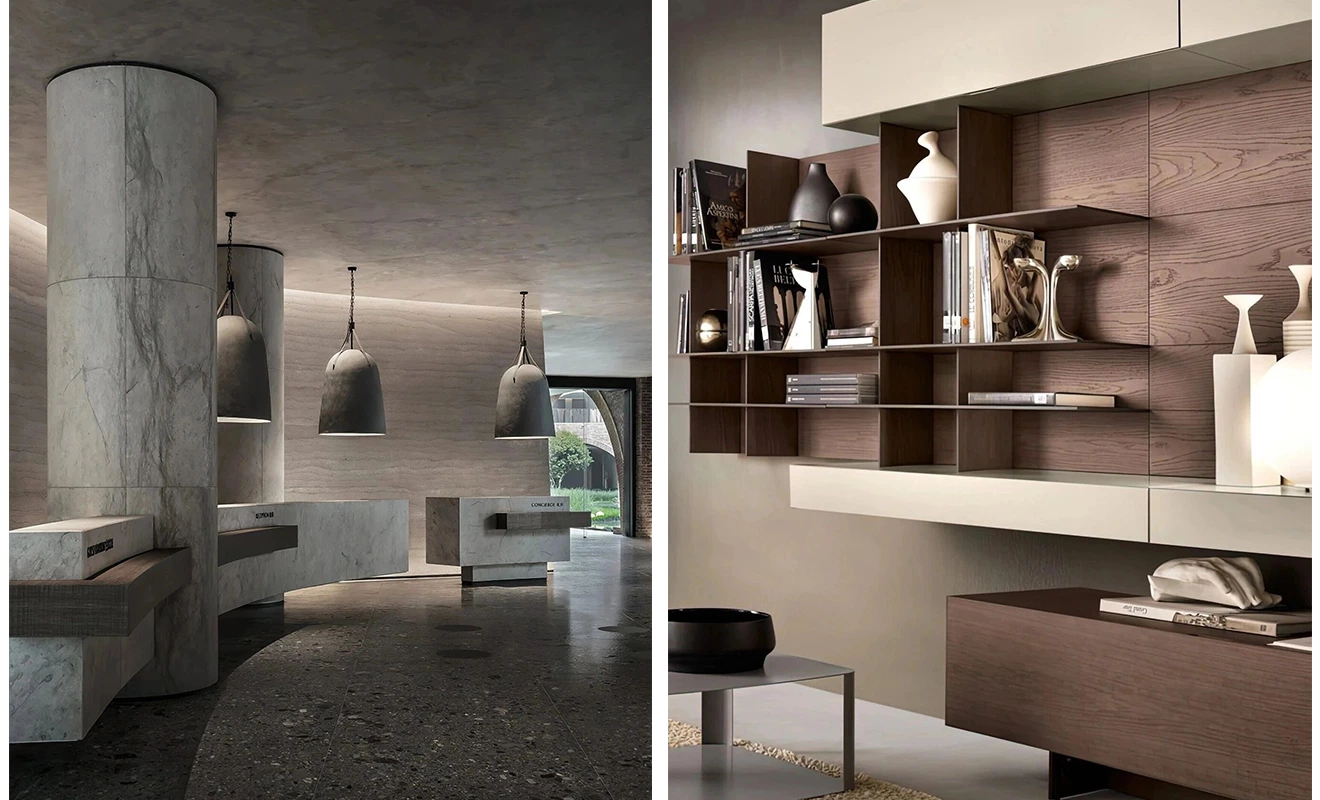
Enclosure & Framing
Creating partial enclosures or frames within the cabinetry can define zones, anchor focal points, or simply add depth. Whether wrapping around a desk nook or outlining a display area, this technique enhances flow while emphasizing function and form.
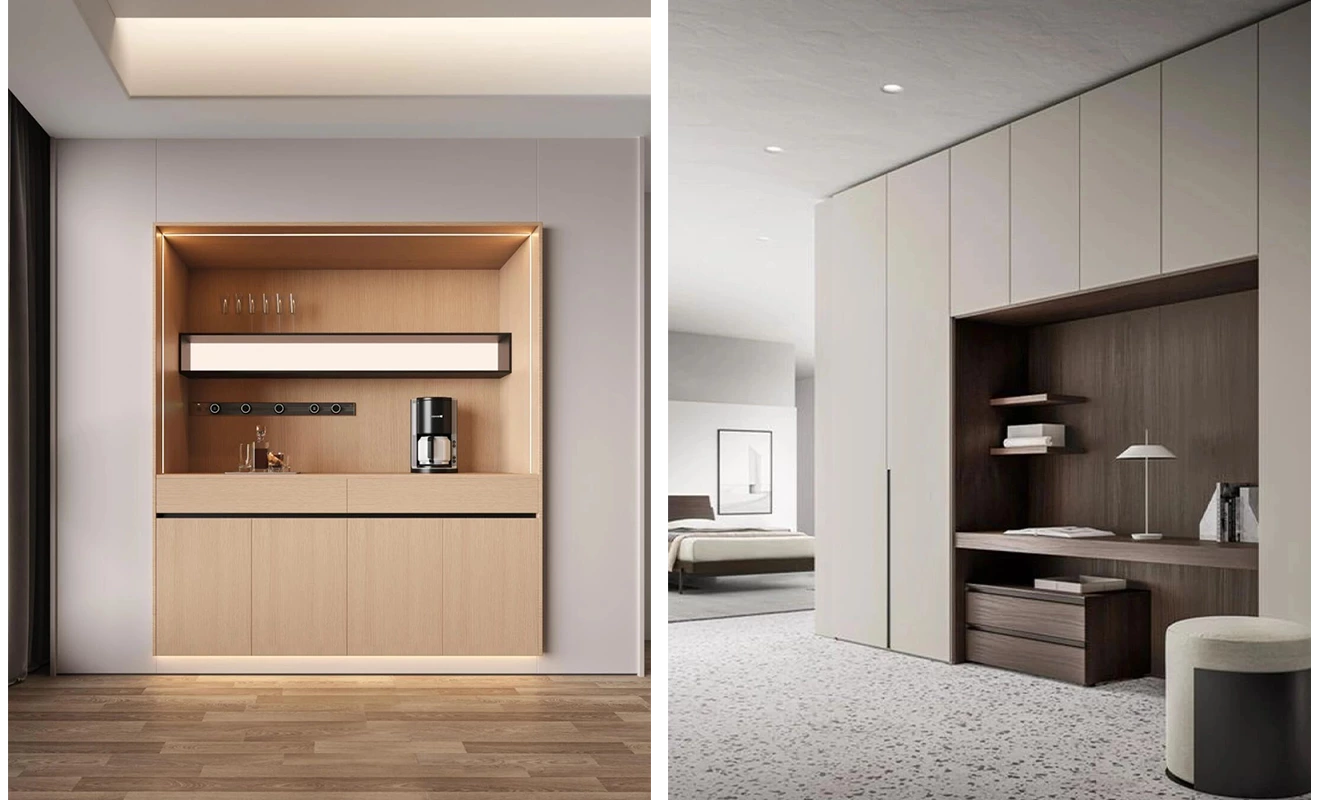
Suspended Inserts
Imagine layered volumes seemingly hung or slotted into place. These visually striking pieces combine mixed materials and suspended components to create rhythm and contrast. Not just decorative, these units often house functional shelving, lighting, or displays—balancing art and utility.

Spacing
A subtle yet impactful detail: the intentional spacing between materials. These recessed seams add sophistication, ease transitions, and prevent construction errors. Used strategically, they give cabinetry a crisp, tailored look while emphasizing design precision.
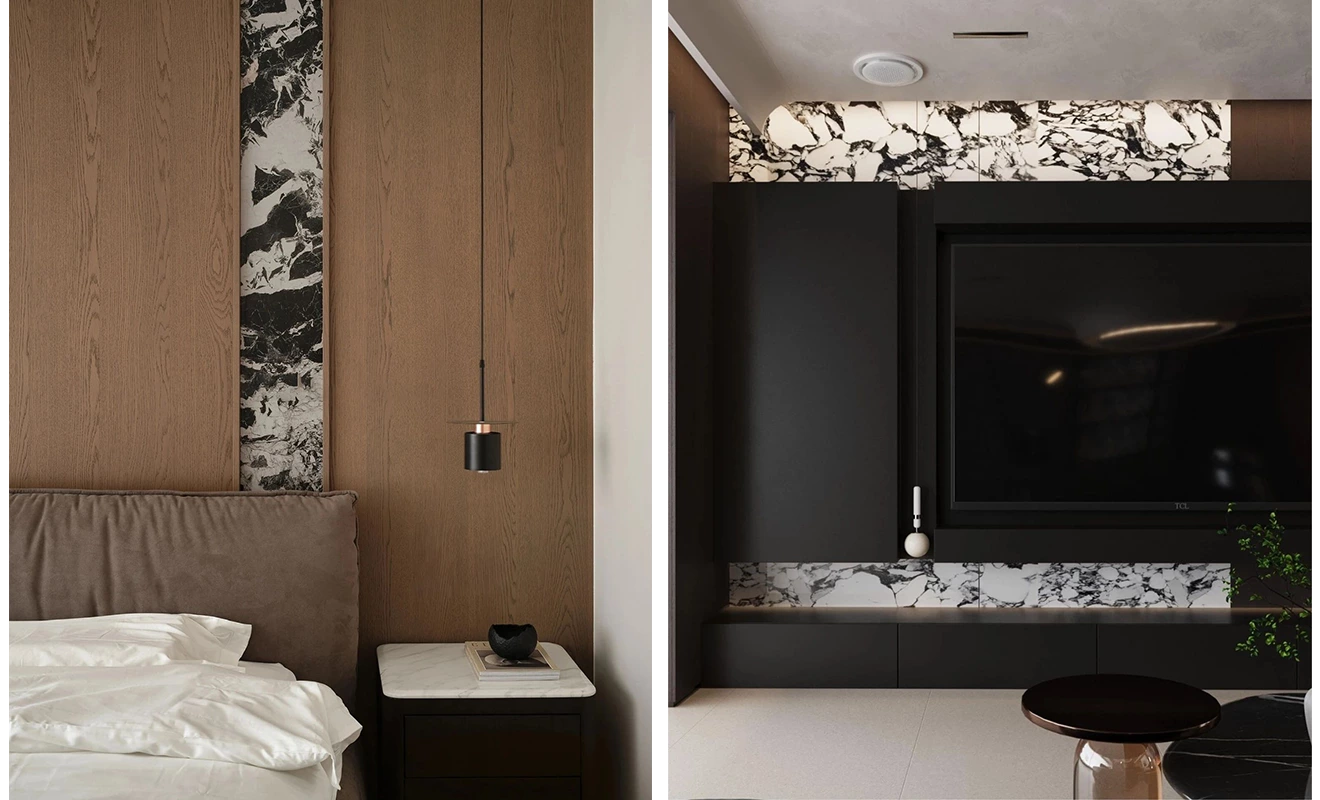
Interlocking
Interlocking design involves fitting multiple components together in a way that emphasizes spatial continuity and structural harmony. This approach enhances storage efficiency while creating a seamless, architectural expression. By integrating different textures, materials, or tonal values, interlocking cabinetry systems reflect a highly curated design language. The interplay of components, whether uniform or asymmetrical, adds depth and sophistication to the spatial experience.
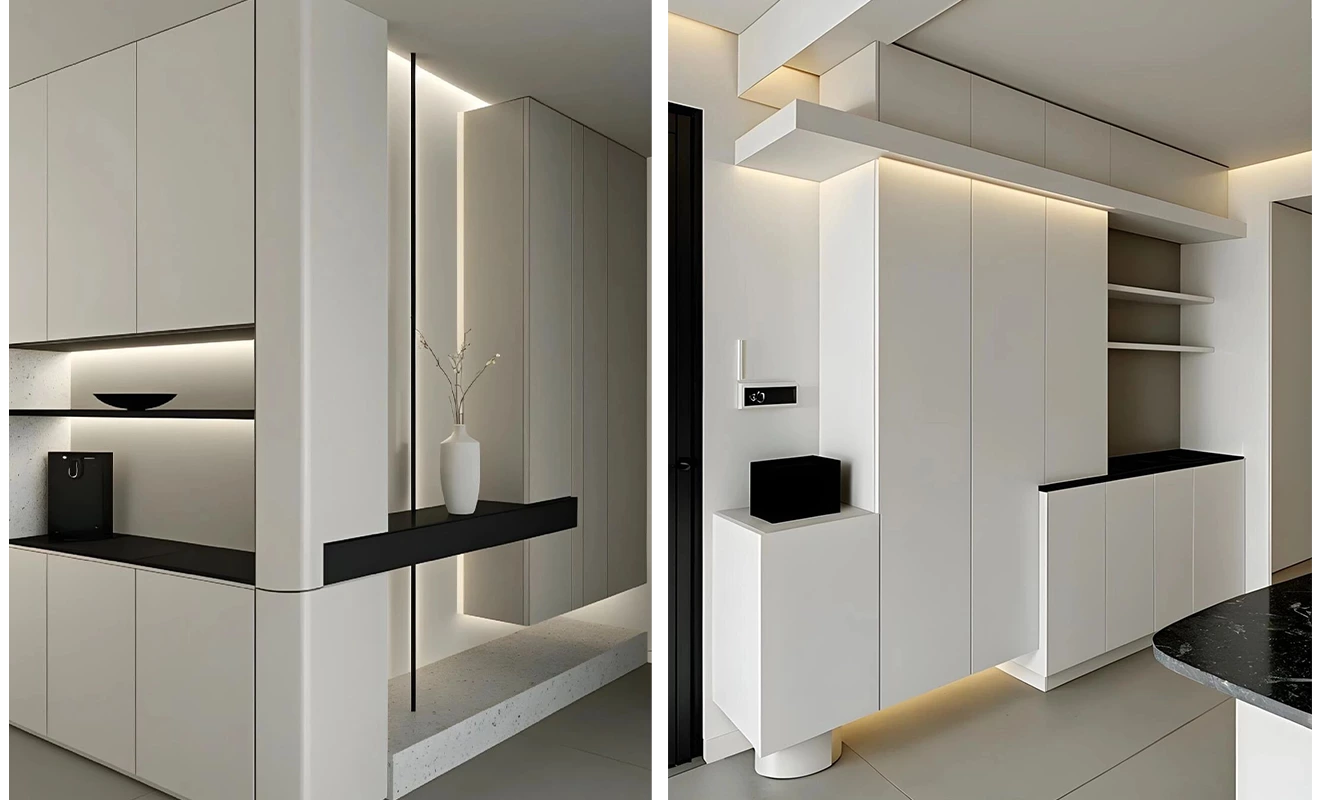
Matrix Composition
Order meets serenity in matrix design. Using repeated grid-like arrangements, this strategy brings balance and calm, particularly in large communal spaces like tea rooms or libraries. The method serves both form and function, offering generous storage while establishing symmetry and spatial clarity.
